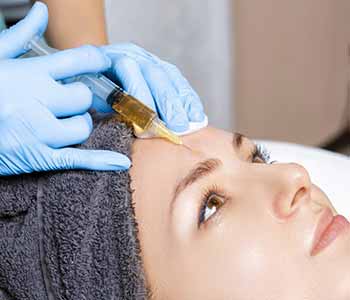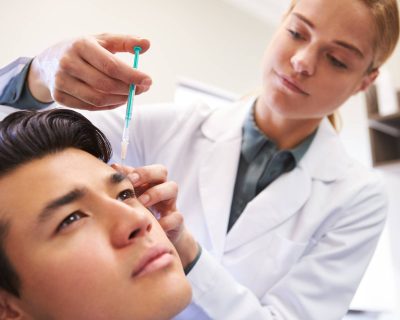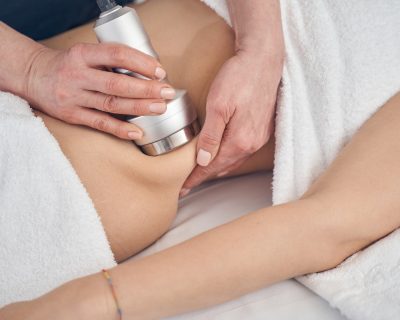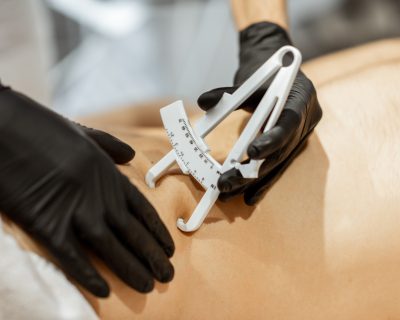Blog

Are PRP Results Treatment?
PRP is a highly promising non-surgical facial rejuvenation procedure. Patients should get in touch with an advanced aesthetics practice for platelet rich plasma therapy in Calgary.
- PRP can improve the following facial aspects:
- Creases and fine lines on the forehead
- Crepey skin and dark circles under the eyes
- The laxity appearance of the upper eyelid
- Open pores and smile lines
- Nasolabial folds
- Backs of the hands
- Poor skin texture
- Wrinkled appearance of the décolletage
- Necklace lines and laxity of the neck
Results from PRP therapy for facial rejuvenation are more sustainable compared to various other non-surgical procedures. The key benefit of PRP is that it stimulates the production of collagen in the treated site, which will eventually plump and volumize the skin from within. This helps increase the longevity of results.
Open pores are a refractory facial problem that bothers many people. PRP helps in treating these stubborn pores by tightening the skin and improving overall skin quality for a long time. PRP can also improve the texture of the facial skin which changes and turns dull and coarse with age.
PPR therapy can benefit patients of any age. It can help younger patients achieve an improvement in the quality of their skin and target any early skin concerns. It can also benefit older patients with more specific targeted treatment of age-related skin concerns.
Treatment protocols for PRP will vary from one patient to another, which can also affect the longevity of results. Generally, patients over 40 require a course consisting of three treatments over four to six weeks. Younger patients may instead require only one sitting. Some patients may need more frequent treatments because of the natural ageing process.
In most cases, patients notice visible results in three to four weeks. Results continue to improve for up to 6 months following treatment.
With PRP, patients get long-term benefits, however, results are not permanent. Providers advise patients to get a periodic maintenance treatment 1-2 times per year after the initial course.
It is difficult to precisely predict how well the PRP treatment works for an individual. Some patients display more dramatic, longer lasting results as compared to others, despite receiving the same procedure and care.






